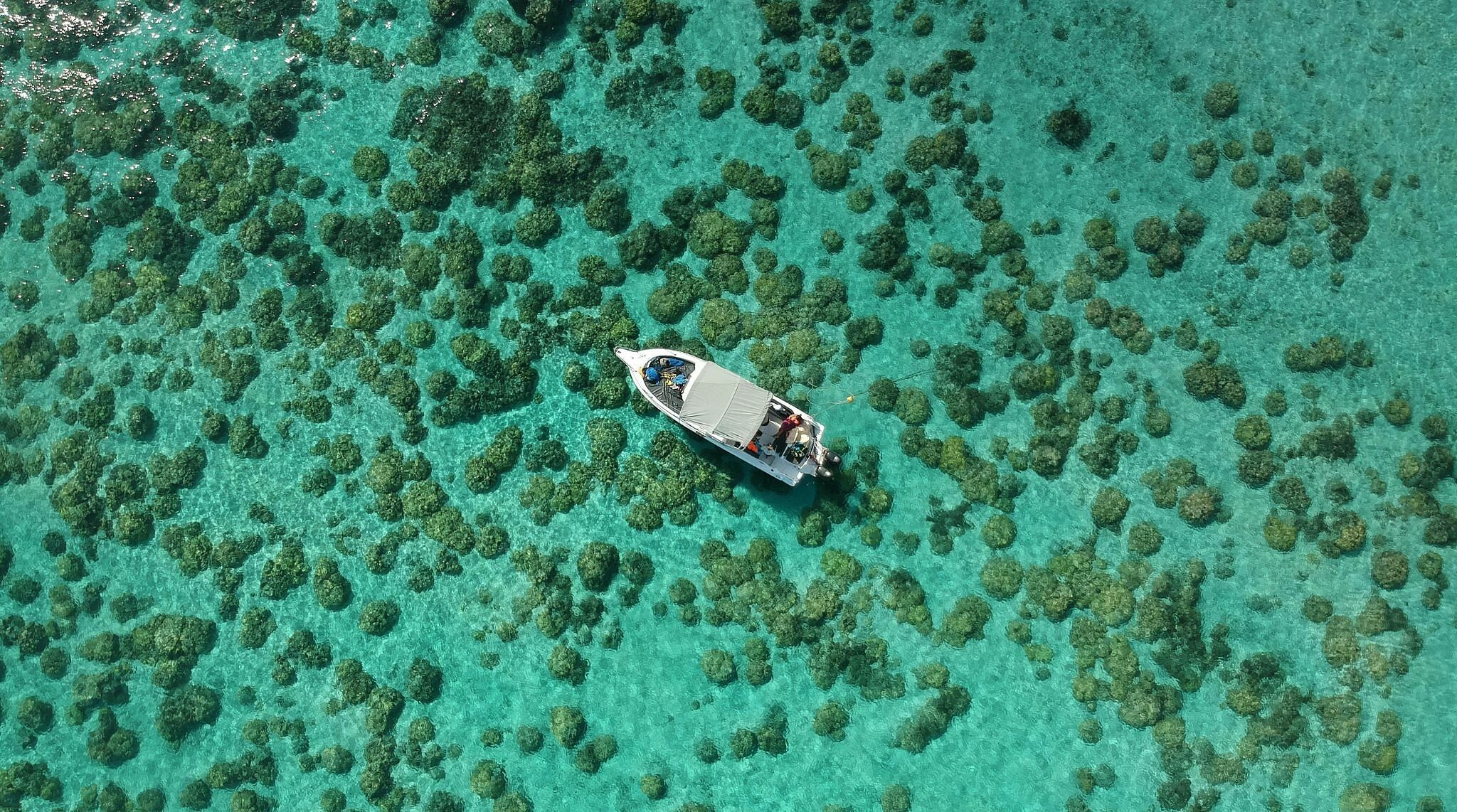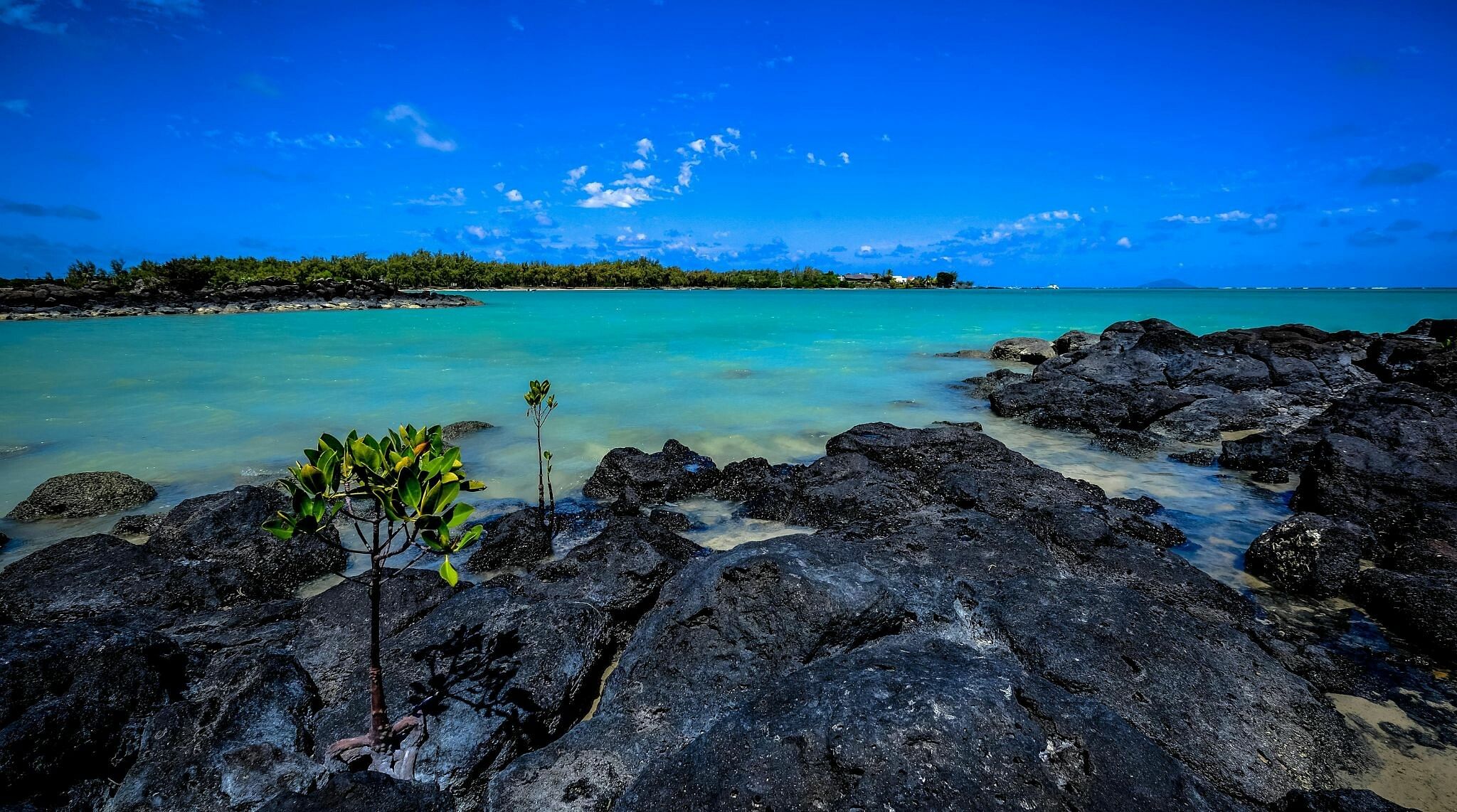
Mauritius, a stunning island nation in the Indian Ocean, is renowned for its pristine beaches, crystal-clear lagoons, lush mountains, and vibrant culture. Whether you're an adventure seeker, a beach lover, or someone looking for a luxurious escape, Mauritius offers an unforgettable experience. If you’re wondering what to do in Mauritius, what to visit in Mauritius, or is Mauritius safe for travel, this guide will help you plan the perfect trip.
What You'll Find in This Guide:
- Best Time to Visit Mauritius
- What to Do in Mauritius: Top Activities & Attractions
- Top Cities & Regions to Explore
- Cost of Travel & Staying in Mauritius
- Essentials Before Traveling to Mauritius
- 5 Fun Facts About Mauritius
- Top FAQs About Visiting Mauritius
Best Time to Visit Mauritius
Mauritius enjoys a tropical climate with two main seasons:
-
Summer (November to April): Warm and humid, with temperatures ranging from 25°C to 33°C (77°F to 91°F). This is the best time for water sports, diving, and snorkeling due to clear waters.
-
Winter (May to October): Cooler and drier, with temperatures between 18°C and 26°C (64°F to 79°F). This is ideal for hiking, exploring nature, and sightseeing.
-
Best months to visit? April to June and September to November offer pleasant weather, fewer crowds, and great prices
What to Do in Mauritius: Top Activities & Attractions
Mauritius offers a wide range of experiences, from stunning beaches to cultural landmarks and thrilling outdoor activities. Here are the top things to do when visiting this tropical paradise:
1. Relax on Stunning Beaches
Mauritius is renowned for its crystal-clear waters and pristine white sand beaches. Some of the best include:
-
Flic en Flac Beach: Great for swimming, snorkeling, and sunset views.
-
Belle Mare Beach: Perfect for long walks and exciting water sports.
-
Le Morne Beach: A top spot for kite surfing and breathtaking coastal views.
2. Explore Black River Gorges National Park
Nature lovers will appreciate this vast protected park, home to rare wildlife, lush forests, and scenic hiking trails. The views from Macchabée Viewpoint are truly spectacular.
3. Visit Chamarel’s Seven Colored Earth
A unique geological phenomenon featuring multicolored sand dunes. While there, check out Chamarel Waterfall, one of the tallest and most picturesque waterfalls in Mauritius.
4. Discover Île aux Cerfs
This idyllic island off the east coast of Mauritius is famous for its turquoise waters, luxurious beach resorts, and excellent snorkeling opportunities.
5. Take a Catamaran Cruise
Explore the stunning coastline on a catamaran tour, which often includes stops for snorkeling, dolphin spotting, and beachside barbecues.
6. Hike Le Morne Brabant
A UNESCO World Heritage Site, this hike rewards you with breathtaking panoramic views of the island and ocean. It’s moderately challenging but absolutely worth the effort.
7. Visit Port Louis – The Capital City
Port Louis is the cultural and economic hub of Mauritius. Explore the bustling Central Market, learn about history at the Blue Penny Museum, and enjoy a scenic walk along Caudan Waterfront.
8. Explore Pamplemousses Botanical Garden
This historic botanical garden is famous for its giant water lilies, rare palm species, and vibrant floral displays.
9. Swim with Dolphins in Tamarin Bay
Mauritius is one of the few places in the world where you can swim alongside wild dolphins in their natural habitat.
10. Try Local Cuisine
Mauritian food is a delightful fusion of Creole, Indian, Chinese, and French flavors. Don’t miss:
-
Dholl Puri: A local flatbread stuffed with curry.
-
Bol Renversé; A delicious upside-down bowl of stir-fried rice and meat.
-
Fresh seafood: Enjoy grilled fish and octopus curry.
Related: Georgia Travel Guide: Everything You Need To Know
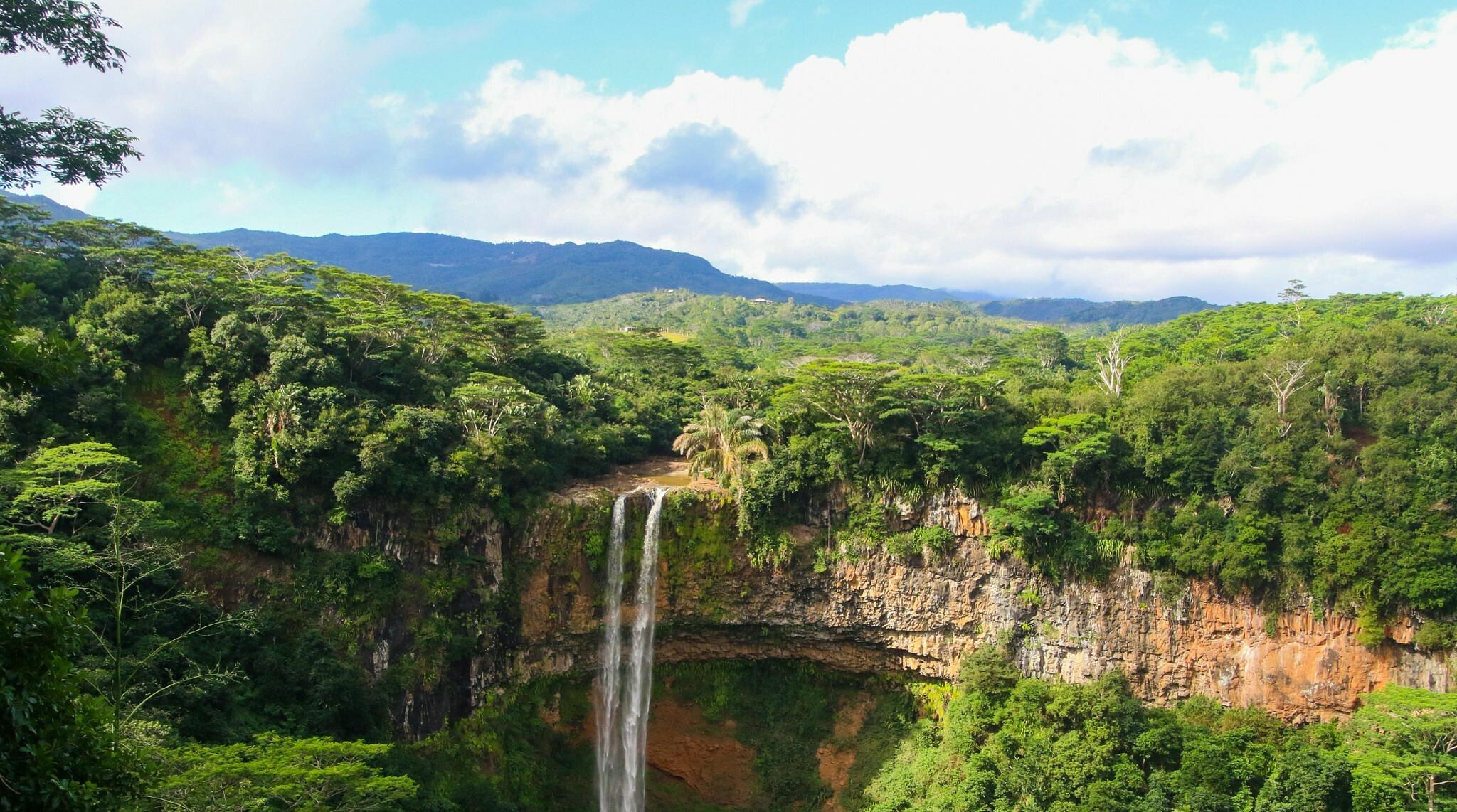
Top Cities & Regions to Explore
Mauritius is home to a variety of stunning cities and regions, each offering unique experiences. Whether you're looking for bustling markets, historical sites, or tranquil beaches, here are the top places you should visit:
1. Port Louis – The Capital City
Port Louis is the heart of Mauritius and a must-visit for history and culture enthusiasts. Explore the Central Market, a lively spot for fresh produce and local crafts, visit the Blue Penny Museum, home to the rarest stamps in the world, and take a stroll along the Caudan Waterfront, known for its shopping and entertainment options.
2. Grand Baie – The Entertainment Hub
Grand Baie is famous for its vibrant nightlife, shopping, and beach activities. It's the go-to spot for tourists looking for restaurants, bars, and water sports. Take a catamaran cruise, try deep-sea fishing, or relax at La Cuvette Beach.
3. Le Morne – A UNESCO Heritage Gem
Le Morne is known for its towering mountain and picturesque beaches. The iconic Le Morne Brabant Mountain, a UNESCO World Heritage site, offers an exhilarating hike with stunning panoramic views. The area is also famous for kite surfing and luxury resorts.
4. Mahébourg – A Glimpse into Mauritius’ History
Located on the southeastern coast, Mahébourg is a charming fishing village with deep historical significance. Visit the National History Museum, enjoy a walk along the waterfront, and experience the authentic local culture in the town's bustling market.
5. Flic en Flac – A Laid-Back Coastal Escape
Flic en Flac is one of the longest beaches in Mauritius and a great place for snorkeling, diving, and dolphin watching. It’s an ideal destination for those seeking a relaxed atmosphere with a mix of adventure and leisure.
6. Chamarel – Home to Natural Wonders
Chamarel is known for its Seven Colored Earth, a geological wonder with sand dunes in multiple hues. It’s also home to the Chamarel Waterfall, one of the most beautiful waterfalls in Mauritius, surrounded by lush greenery.
7. Pamplemousses – A Botanical Wonderland
This region is famous for the Sir Seewoosagur Ramgoolam Botanical Garden, home to giant water lilies, rare palm species, and exotic flora. Nature lovers will appreciate the peaceful ambiance and diverse plant species.
8. Rodrigues Island – A Hidden Gem
For those looking for an off-the-beaten-path experience, Rodrigues Island, located 600 km from the main island, is a paradise of pristine beaches, hiking trails, and authentic Creole culture. It’s the perfect escape for those seeking solitude and nature.
Related: UAE Travel Guide: Everything You Need To Know
Cost of Travel & Staying in Mauritius
Mauritius caters to all types of travelers, from budget backpackers to luxury seekers. Below is a breakdown of expected costs:
Accommodation Costs
-
Budget stays (hostels & guesthouses): $50–$80 per night
-
Mid-range hotels (3–4 stars): $100–$300 per night
-
Luxury resorts (5-star hotels & private villas): $400+ per night
Food & Dining Costs
-
Local street food & small eateries: $5–$10 per meal
-
Casual dining (restaurants & cafes): $15–$30 per meal
-
Fine dining & high-end restaurants: $50+ per meal
Transportation Costs
-
Public buses: $1–$3 per ride
-
Taxis: $10–$30 per trip (always negotiate fares beforehand)
-
Car rental: $30–$50 per day (driving is on the left side)
Activities & Sightseeing Costs
-
Beach access: Free (some private beaches may charge a small fee)
-
National parks & nature reserves: $5–$15 per person
-
Boat excursions & island hopping: $50–$150 per person
-
Scuba diving & snorkeling tours: $80–$150 per session
-
Le Morne Brabant hike guide: $50–$80 per group
Related: Tanzania Travel Guide: Must-See Attractions & Essential Tips
Essentials Before Traveling to Mauritius
Visa Requirements
Mauritius offers visa-free or visa-on-arrival entry for many nationalities. Check with the Mauritian immigration website to confirm specific requirements based on your nationality.
Mauritius Currency
The official currency is the Mauritian Rupee (MUR). While credit cards are widely accepted, carrying some cash is recommended for small vendors and markets.
Mauritius Weather & Packing Tips
Mauritius has a tropical climate, so pack accordingly:
-
Light, breathable clothing for summer months
-
A rain jacket (especially from December to April when rain showers are common)
-
Swimsuits, sunglasses, and sunscreen for beach activities
-
Hiking shoes if you plan to explore mountains and national parks
Language & Communication
-
English is the official language, but French and Creole are widely spoken.
-
Staying connected: Get an Airalo eSIM to ensure seamless connectivity and avoid roaming charges.
Electrical Outlets & Adapters
-
Voltage: 230V
-
Plug Type: British-style (Type G)
-
Tip: Bring a universal adapter to charge your devices hassle-free.
Vaccinations & Health Precautions
-
Routine vaccinations (measles, hepatitis, etc.) are recommended.
-
No mandatory vaccinations required for entry.
-
Travel insurance is highly recommended to cover medical emergencies.
Local Etiquette & Safety
-
Mauritius is safe for travelers, but take standard precautions like keeping valuables secure.
-
Dress modestly when visiting temples or religious sites.
-
Tipping is not mandatory but appreciated for good service.
Related: Montenegro Travel Guide: Everything You Need to Know
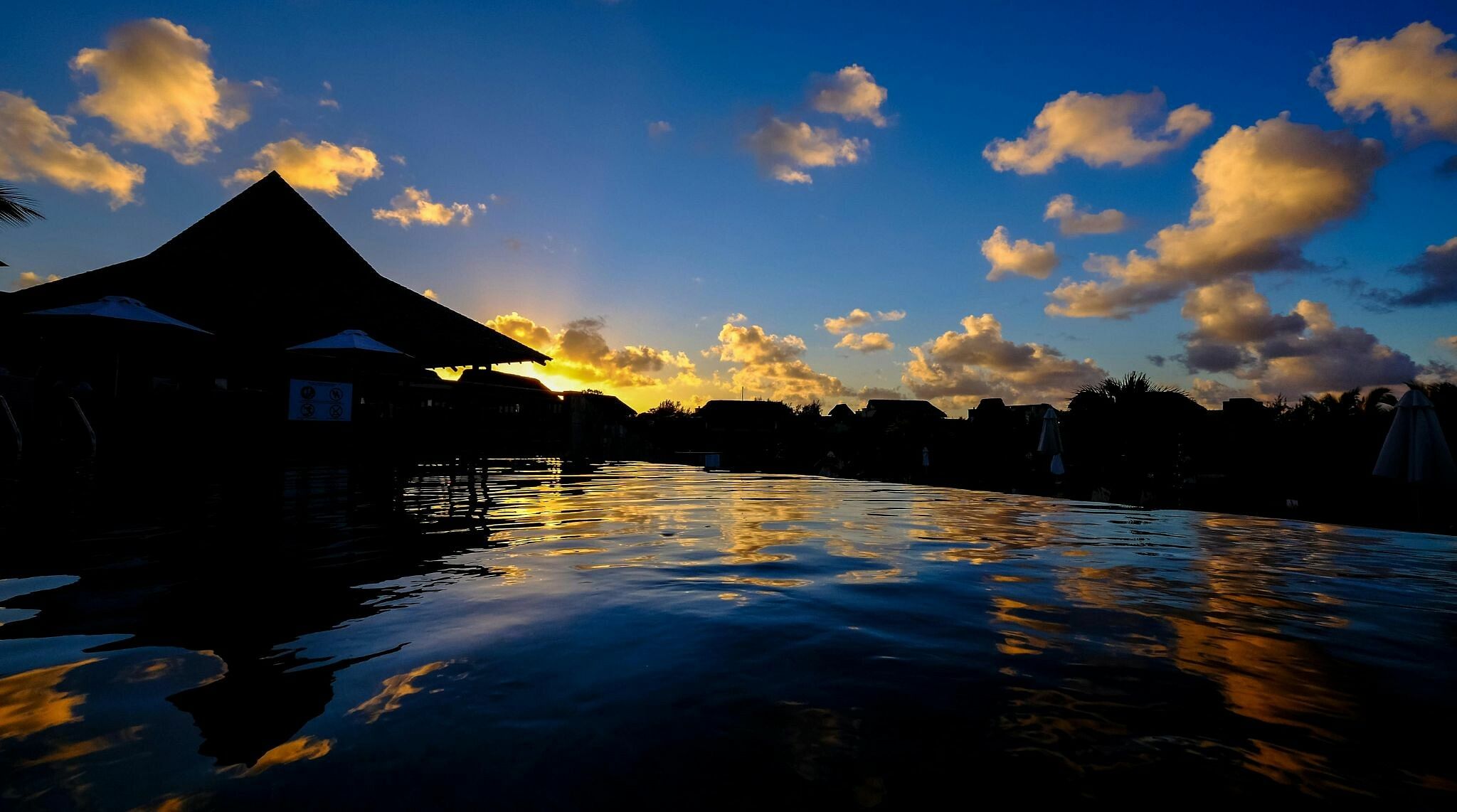
5 Fun Facts About Mauritius
- Mauritius was once home to the dodo, a flightless bird that became extinct in the late 1600s.
- The island is volcanic and surrounded by one of the world's largest coral reef barriers.
- Mauritius has no dangerous animals or poisonous creatures, making it one of the safest places to explore nature.
- The island was the first African country to launch a satellite into space, showcasing its technological progress.
- It's a honeymoon paradise—Mauritius is consistently ranked among the top honeymoon destinations worldwide.
Top FAQs About Visiting Mauritius
-
Where is Mauritius located?
Mauritius is an island nation in the Indian Ocean, east of Madagascar and part of Africa.
-
Is Mauritius safe for tourists?
Yes, Mauritius is one of the safest travel destinations, with low crime rates and a welcoming environment for tourists.
-
What is the Mauritius currency?
The official currency of Mauritius is the Mauritian Rupee (MUR). Credit cards are widely accepted in hotels, restaurants, and most shops.
-
What to visit in Mauritius for first-time travelers?
Some must-visit attractions include Le Morne Brabant, Île aux Cerfs, Black River Gorges National Park, and Grand Baie.
-
What is Mauritiu's weather like?
Mauritius enjoys a tropical climate year-round. The best time to visit is from April to June and September to November when the weather is pleasant and crowds are smaller.
-
What is the best way to get around Mauritius?
The best way to explore Mauritius is by renting a car or using public buses. Taxis are also available but can be expensive without prior negotiation.
Do I need a visa to visit Mauritius?
Mauritius offers visa-free or visa-on-arrival entry for many nationalities. Check the Mauritian immigration website for specific requirements.
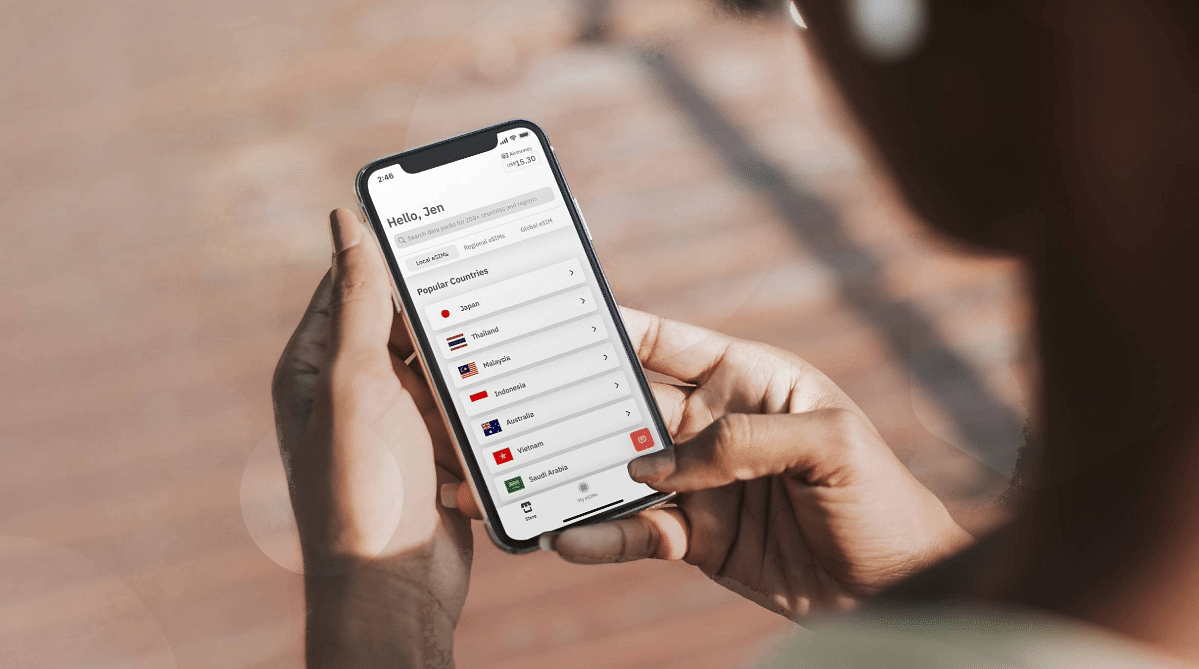
Stay Connected in Mauritius with an eSIM from Airalo
Stay connected with an eSIM from Airalo no matter where you travel. Airalo gives you access to affordable eSIMs for 200+ countries and regions.
Why Airalo? Here are a few reasons to use an Airalo eSIM when you travel:
- Connect to a mobile network within minutes of arrival.
- Choose from flexible local, regional, and global data plans.
- Eliminate the need to find a local SIM vendor.
- Say goodbye to expensive roaming charges.
- Store multiple eSIM data plans on your device.
- Running out of data? Top up in the Airalo app.
Planning a trip to Mauritius? Get a Mauritius eSIM to stay connected during your trip.
Download the Airalo app (iOS | Android) or visit the Airalo website for a smooth experience. Follow our blog to stay up-to-date about travel, fun destinations, eSIM tech, and more.


